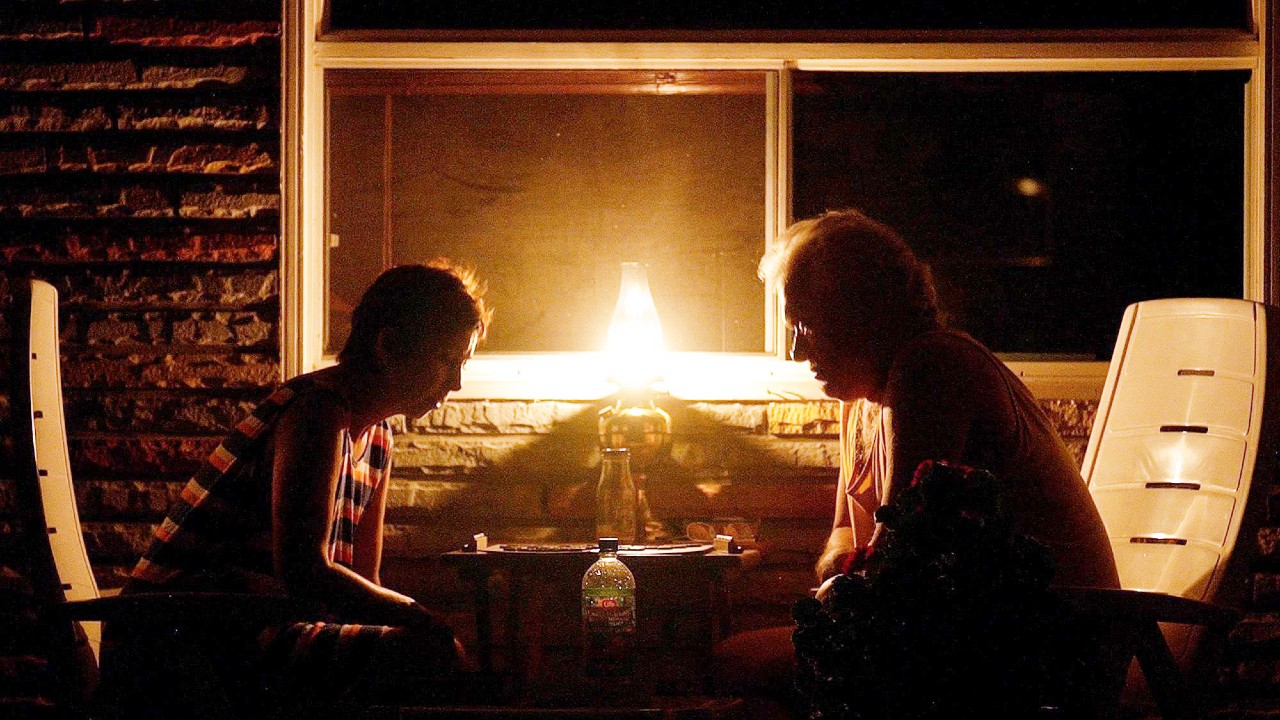What caused the Northeast blackout of 2003?
Looking back at the chain of events that cut power for 50 million people.

In the summer of 2003 I worked on the sixth floor of a Yonge St. building north of Bloor that was no stranger to temporary failure of centralized systems. I specifically remember getting used to errant fire alarms. So when the power went out one August afternoon, I barely registered it.
“Oh, well, guess that’s it for the day.”
Then I looked outside. Hundreds of people were packed tightly together, moving north along the sidewalk below me — tracing the path of Toronto’s Line 1 subway, which was apparently also without power. Down the street, a random pedestrian stood in the middle of a frenzied intersection directing traffic.
“Huh. Maybe not just the building.”
Of course, that ended up being a massive understatement. The Northeast blackout of Aug. 14, 2003, cut power in a huge swath of southern and central Ontario, and eight U.S. states. According to the U.S. Department of Energy, about 50 million people were affected in total.
It started just after 4:00 p.m. ET. Though certain places got power back within hours, the grid wasn’t fully back online until two days later.
How did the blackout start?
The mass power outage can be traced to a single software bug in the control room of an Ohio-based electric utility. But the answer of how that spiralled into the biggest blackout in North American history is more complicated.
Luckily, YouTube channel Practical Engineering tackled the subject in an illuminating video in February 2022. Check it out for the full breakdown:
How was Toronto affected?
When the power went out in Toronto on Aug. 14, all traffic lights went dark. Pedestrians directed traffic all over the city, as all businesses shut down at once and gridlock took hold.
Subways got stuck in tunnels, and it took hours to evacuate the passengers. Transit goers not already on trains took to the streets to make their way home from the downtown core on foot.
Many of those without transit or traffic horror stories remember the evening differently — it was a humid day in the mid-20s, and became a chance to congregate outside with neighbours.
Here’s a retrospective on the subject from CBC News: The National, which offers sights and sounds of the Toronto experience:
This is an updated version of an article originally published in 2022.
Code and markup by Kyle Duncan. ©Torontoverse, 2023